What are safe harbour provisions?
The safe harbour provisions were introduced into the Corporations Act 2001 in September 2017. Their primary purpose is to encourage directors to take proactive steps to restructure and save businesses that are teetering on the edge of insolvency, without the immediate fear of personal liability for insolvent trading.
In simpler terms, safe harbour allows directors to take a calculated risk: they can work on a strategy to improve their company’s financial position while shielding themselves from personal liability if the company continues to incur debts.
This is a significant departure from the strict penalties previously imposed on directors for insolvent trading, which made directors wary of taking risks to rescue a business.
Why were safe harbour laws introduced?
Before the introduction of safe harbour, Australia’s insolvent trading laws were considered some of the harshest in the world. Directors faced immense personal risk if their companies continued to incur debts while insolvent, which often led to premature liquidations—killing off businesses that may have been salvageable.
The safe harbour provisions were introduced to:
- Encourage directors to take reasonable steps to save struggling businesses.
- Protect jobs, stakeholders, and economic value.
- Create an environment where directors can seek help from advisors without fearing automatic liability.
The reforms recognised that some businesses could recover if directors had the flexibility to implement a turnaround strategy.
How do safe harbour provisions work?
Safe harbour protection applies when a director starts developing and implementing a course of action that is reasonably likely to lead to a better outcome for the company and its creditors than immediate administration or liquidation.
To benefit from safe harbour, directors must:
- Act promptly: Recognise financial distress and begin taking action without delay.
- Seek advice: Engage with qualified restructuring advisors, accountants, or legal professionals.
- Ensure employee entitlements are met: Directors must ensure employees are paid correctly, including wages and superannuation.
- Maintain financial records: Proper company financial records must be kept.
If these steps are followed, directors can argue that they were operating under the safe harbour provisions, which protect them from being personally liable for debts incurred during this period.
What is a 'better outcome' under safe harbour?
The key phrase in the legislation is “better outcome.” Essentially, this means a result where creditors and stakeholders are in a stronger position than they would have been if the company entered immediate liquidation or administration.
For example:
- If a restructuring plan could help the company repay a larger portion of its debts over time.
- If jobs could be preserved through a turnaround strategy.
- If the business could remain viable by restructuring its operations.
Directors must carefully document their actions and advice during this process, as they will need to demonstrate the “better outcome” if their safe harbour protection is challenged later.
The role of advisors in safe harbour
Seeking professional advice is not just encouraged under safe harbour—it’s vital. Skilled insolvency practitioners, accountants, or restructuring experts can:
- Assess the company’s financial position.
- Develop a practical turnaround plan.
- Help directors navigate their duties and ensure compliance with safe harbour requirements.
This collaborative approach gives directors confidence that their decisions are both lawful and beneficial to stakeholders.
Safe harbour and employee entitlements
One of the cornerstones of the safe harbour regime is that directors cannot rely on it if they fail to meet their obligations to employees. This means directors must continue paying wages, superannuation, and other entitlements during the turnaround process.
The rationale is clear: while directors receive a level of protection under safe harbour, employees should not bear the cost of a struggling business.
When does safe harbour end?
Safe harbour protection ends if:
- The directors abandon their turnaround plan.
- The company goes into liquidation or administration.
- The directors fail to meet their ongoing obligations (e.g., record-keeping or paying employees).
It’s important to note that safe harbour is not an indefinite solution. If the turnaround strategy is unsuccessful, directors must act quickly to enter formal insolvency processes to avoid further liability.
Why safe harbour matters for directors
Safe harbour provisions provide a balanced framework that protects directors while incentivising them to act responsibly and decisively in times of financial distress. Key benefits include:
- Protection from personal liability for insolvent trading.
- The ability to explore recovery strategies without undue pressure.
- Preservation of jobs, business value, and stakeholder interests.
However, directors must remember that safe harbour is not a free pass—it requires diligent planning, expert advice, and compliance with legal obligations.
Safe harbour provisions have revolutionised the way Australian company directors manage financial distress. By encouraging proactive restructuring and reducing the fear of personal liability, safe harbour gives directors the opportunity to rescue businesses and deliver better outcomes for employees, creditors, and stakeholders.
For directors, the key to successfully utilising safe harbour lies in acting early, seeking professional advice, and maintaining a clear focus on achieving a better outcome. When used responsibly, safe harbour can transform what once felt like uncharted waters into a path toward calmer seas.
If your business is showing signs of financial distress, don’t wait. Engage experienced advisors and start exploring your safe harbour options today.
AVA Advisory provides expert guidance and support to help small business owners and directors set their businesses up for success.







